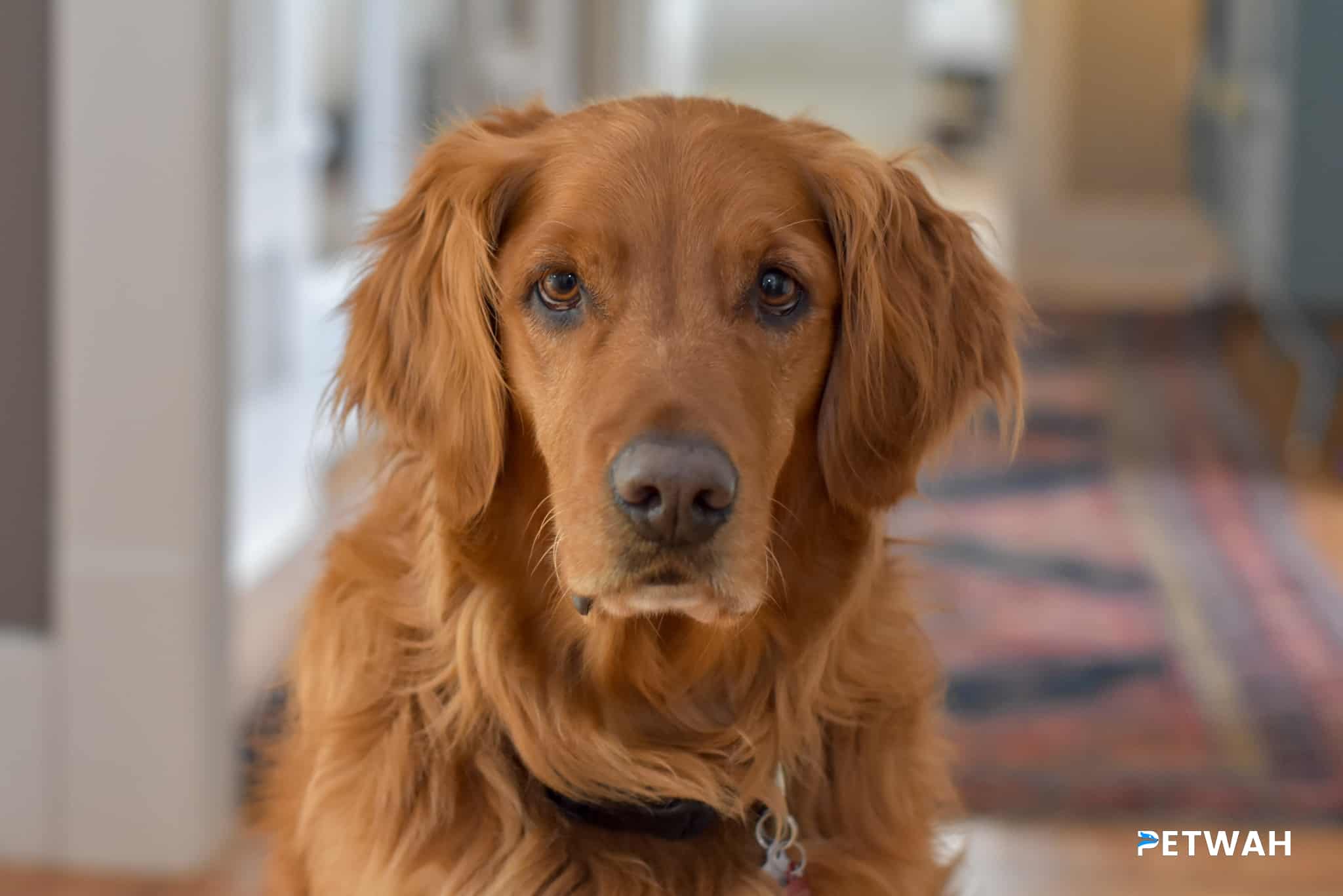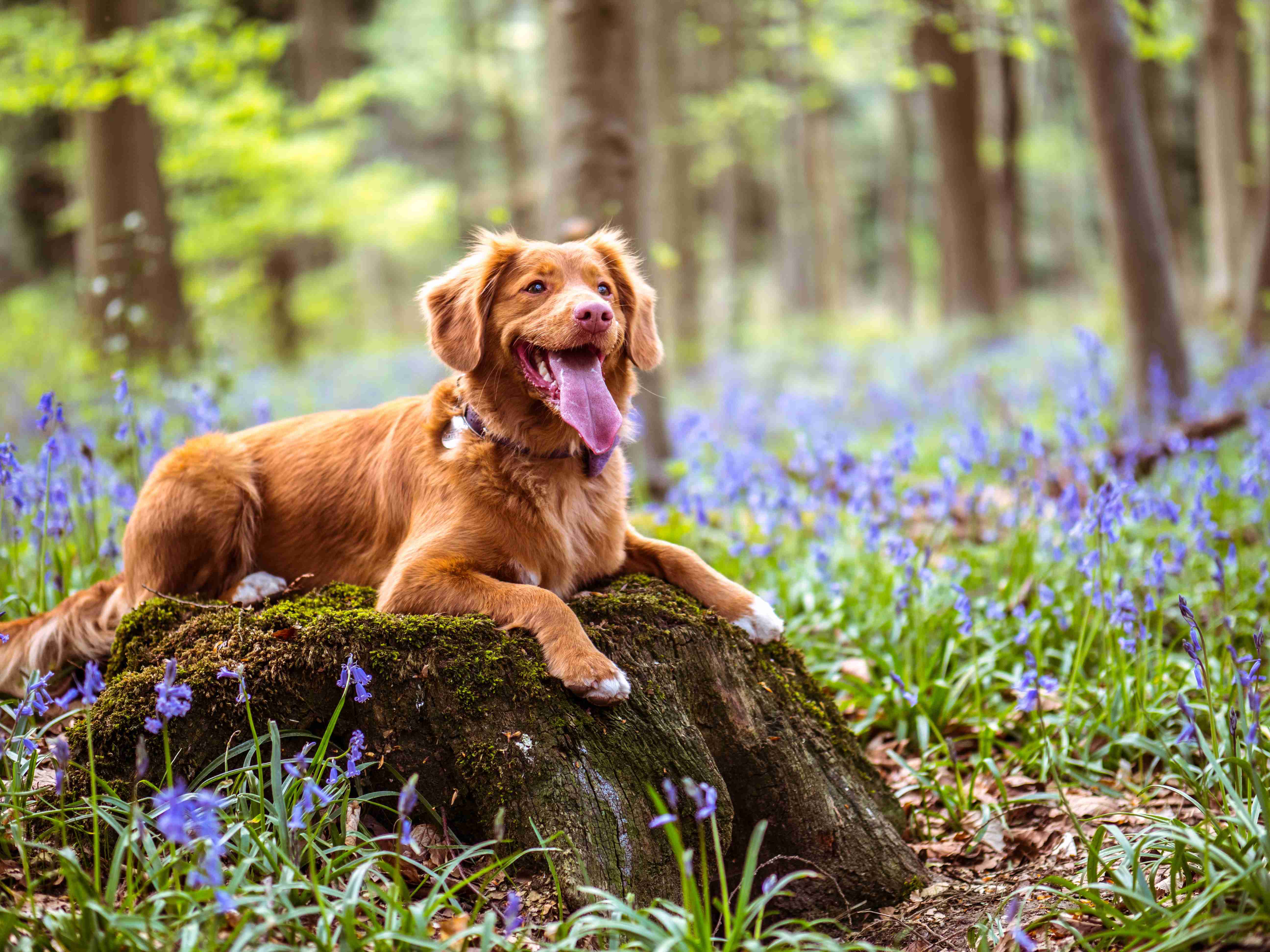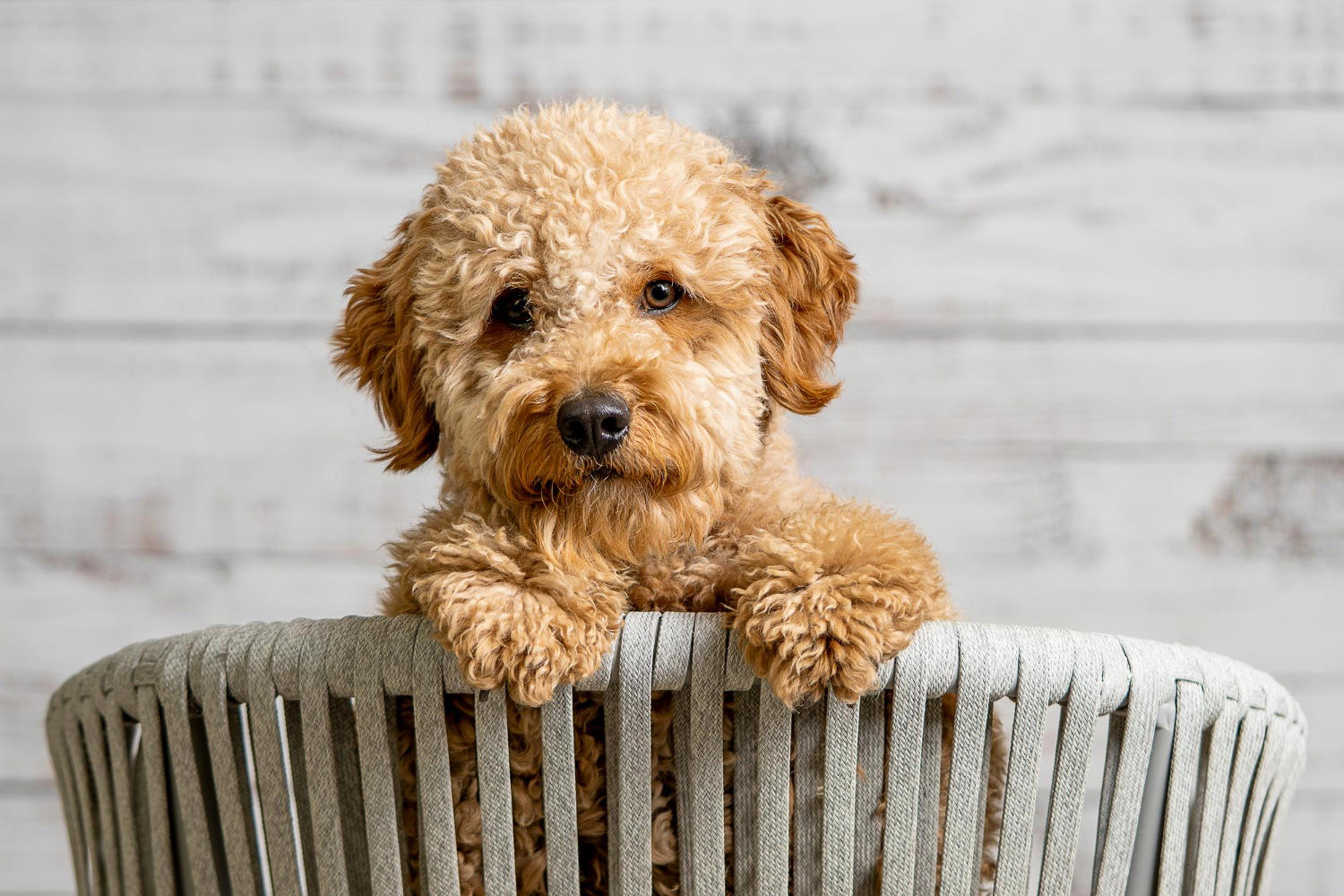Welcoming a new puppy into your home is an exciting time, but it also comes with its challenges. One of the most important things you can do for your pup is to crate train them. Not only does it help with potty training, but it also creates a safe and comfortable space for your furry friend. However, crate training can be a daunting task, especially if you’re new to it. In this comprehensive guide, we’ll take you through everything you need to know about crate training your Border Collie puppy. You’ll learn the benefits of crate training, how to choose the right crate, and all the steps to take to successfully crate train your pup. So, let’s get started!
Crate training is an essential part of raising a well-behaved and happy Border Collie puppy. Not only does it provide a safe and comfortable space for your puppy, but it also helps with potty training, separation anxiety, and overall behavior. In this comprehensive guide, we’ll cover everything you need to know about crate training your Border Collie puppy, from choosing the right crate to successfully introducing your puppy to it.
Step 1: Choose the Right Crate
The first step to crate training your Border Collie puppy is to choose the right crate. It’s important to choose a crate that is the right size for your puppy. Your puppy should be able to stand up, turn around, and lie down comfortably in the crate. If the crate is too big, your puppy may use one side as a bathroom and the other side to sleep. If the crate is too small, your puppy may feel cramped and uncomfortable.
There are several types of crates to choose from, including wire crates, plastic crates, and soft-sided crates. Each type has its own pros and cons, so it’s important to consider your puppy’s needs and your lifestyle when choosing a crate.
Step 2: Introduce Your Puppy to the Crate
Introducing your puppy to the crate is an important step in crate training. You want your puppy to associate the crate with positive experiences, not fear or anxiety. Start by placing the crate in a common area of your home, such as the living room or kitchen. Place a soft blanket or bed inside the crate, along with a few toys and treats.
Encourage your puppy to explore the crate by placing treats inside and letting your puppy investigate on its own. Never force your puppy into the crate or use it as a punishment.
Once your puppy is comfortable going in and out of the crate, start feeding your puppy inside the crate. Leave the door open so your puppy can come and go as it pleases. This will help your puppy associate the crate with positive experiences, such as mealtime.
Step 3: Start Crate Training
Now that your puppy is comfortable with the crate, it’s time to start crate training. Begin by placing your puppy in the crate for short periods of time while you’re at home. Start with 10-15 minutes and gradually increase the time as your puppy becomes more comfortable.
 - Copy.jpg)
Make sure your puppy has plenty of toys and treats to keep it occupied while in the crate. You can also cover the crate with a blanket or towel to create a cozy and den-like environment.
It’s important to never leave your puppy in the crate for extended periods of time, as this can lead to anxiety and other behavior problems. A good rule of thumb is to never leave your puppy in the crate for more than four hours at a time.
Step 4: Potty Training with the Crate
One of the benefits of crate training is that it can help with potty training. Dogs naturally avoid going to the bathroom where they sleep, so the crate can be a useful tool in teaching your puppy where it’s acceptable to go to the bathroom.
Take your puppy outside to go to the bathroom before placing it in the crate. When you let your puppy out of the crate, immediately take it outside to go to the bathroom again. Praise your puppy when it goes to the bathroom outside and give it a treat as a reward.
If your puppy has an accident in the crate, clean it up immediately and avoid punishing your puppy. Punishing your puppy for accidents can lead to anxiety and other behavior problems.
Step 5: Gradually Increase Alone Time
As your puppy becomes more comfortable in the crate, start leaving it alone for short periods of time while you’re away from home. Start with 30 minutes and gradually increase the time as your puppy becomes more comfortable.
It’s important to never leave your puppy in the crate for extended periods of time, as this can lead to anxiety and other behavior problems. A good rule of thumb is to never leave your puppy in the crate for more than four hours at a time.
Crate training your Border Collie puppy takes time and patience, but it’s well worth the effort. A well-trained and comfortable puppy will be happier and easier to care for in the long run. Remember to choose the right crate, introduce your puppy to the crate slowly and positively, and never leave your puppy in the crate for extended periods of time. With these tips, you’ll be well on your way to successfully crate training your Border Collie puppy.
Crate training your Border Collie puppy may seem like a daunting task, but with patience, consistency, and positive reinforcement, it can be a rewarding experience for both you and your furry friend. Remember to make the crate a comfortable and safe space for your pup, and never use it as a form of punishment. With the tips and techniques discussed in this guide, you can successfully crate train your Border Collie puppy and set them up for a happy and healthy life. Good luck!


%20-%20Copy.jpg)
%20-%20Copy.jpg)
%20-%20Copy.jpg)



